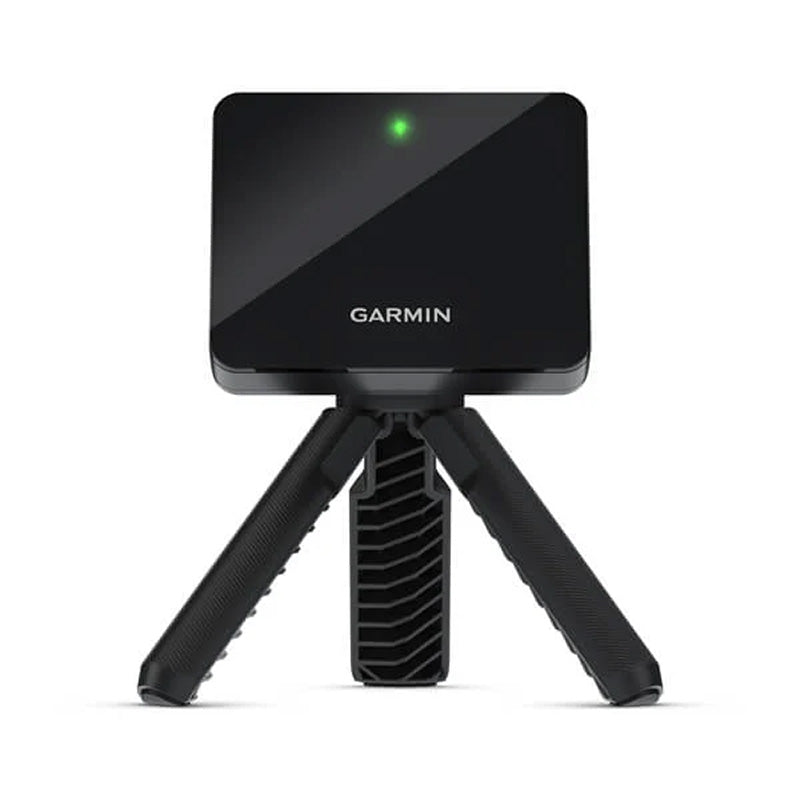Golf is a sport that combines skill, strategy, and precision, and one of the most critical aspects of your game is the golf ball you choose to play with. While it may seem like a small detail, your choice of golf ball can have a significant impact on your performance. With a plethora of options available, it's crucial to understand the factors that influence your decision. In this blog post, we'll delve into the world of golf balls and help you make an informed choice on which one to use.
1. Compression: The Heartbeat of Your Game
Golf balls come in varying levels of compression, which essentially determines how the ball reacts to the force applied during your swing. Low compression balls are softer and easier to compress, making them ideal for golfers with slower swing speeds. On the other hand, high compression balls are firmer and better suited for golfers with faster swings. Understanding your swing speed and choosing the right compression can significantly impact your distance and control.
2. Dimples: The Secret to Flight
Have you ever wondered why golf balls have dimples? These tiny indentations on the ball's surface play a crucial role in its flight. Dimples create turbulence in the air around the ball, reducing drag and allowing the ball to stay in the air longer, resulting in greater distance. Different golf balls have varying dimple patterns and depths, so choosing one that suits your playing style can make a substantial difference in your game.
3. Material Matters: Two Main Types
Golf balls primarily come in two materials: two-piece and multi-piece. Two-piece balls have a solid core and a cover, usually made of Surlyn. They are known for their durability and distance, making them an excellent choice for beginners. Multi-piece balls, often preferred by more advanced golfers, feature a soft rubber core, mantle layer, and urethane cover. These balls offer more control and spin around the greens, crucial for precise shots and scoring.
4. Spin Control: Finding Your Balance
The amount of spin a golf ball generates is vital for controlling your shots. High-spin balls are designed for skilled players looking to shape their shots and control their trajectory around the greens. They allow for more control but require finesse. Low-spin balls, on the other hand, offer less spin and are better suited for golfers looking for more distance off the tee. Finding the right balance between spin and control is key to optimizing your game.
5. Budget Considerations: Finding Value
Golf balls can vary widely in price, with premium balls often costing more. It's essential to strike a balance between your budget and your performance needs. While top-of-the-line balls can offer incredible performance, there are also budget-friendly options that provide excellent value for recreational golfers. Consider your skill level, frequency of play, and budget when making your selection.
6. Testing and Experimentation: The Final Step
Ultimately, the best way to determine which golf ball is right for you is through testing and experimentation. Many golfers find it beneficial to try out different brands and models to see which one suits their game the most. This might involve playing a round with a few different balls and paying close attention to how they perform in various situations. Manufacturers often offer sample packs or trial sleeves that allow you to test different options without committing to a full box.
In conclusion, selecting the perfect golf ball is a personal journey that depends on your individual preferences, skill level, and playing style. By understanding the key factors that influence golf ball performance and conducting your testing, you can make an informed choice that helps you improve your game and enjoy your time on the course. Remember, the right golf ball can be a game-changer, so take your time in finding the one that feels like the perfect fit for your game.














